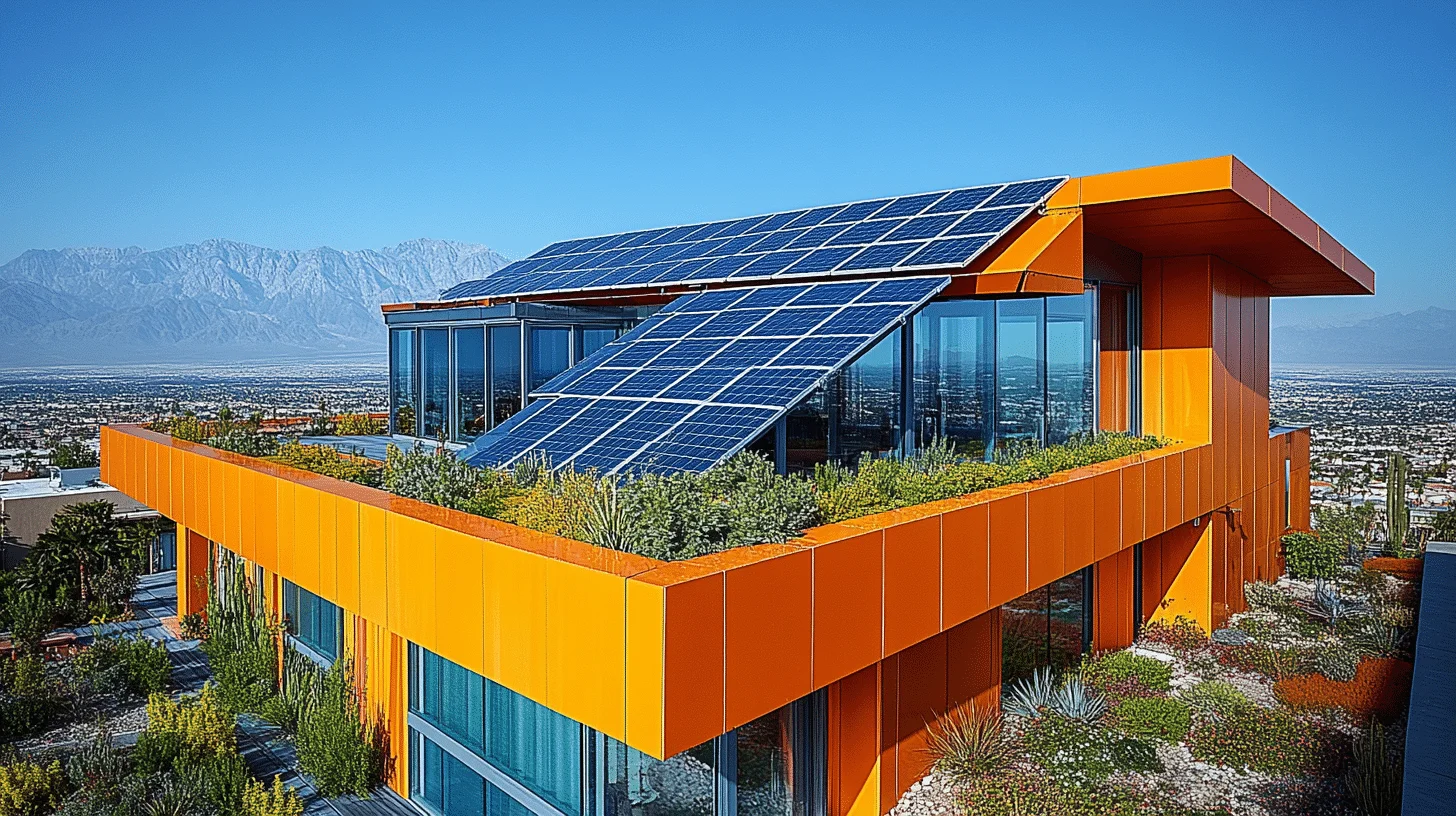In North Las Vegas, where summer heat and nonstop sunshine are the orders of the day, roofing might not initially seem a likely area for homeowners and businesses to focus on if they want to save on energy costs and make their indoor environments more comfortable. Yet, cool roofs are an option well worth considering for many buildings. These roofs reflect a good portion of sunlight, keeping the structures beneath them significantly cooler, and they do not use any special energy to operate. Reducing reliance on air conditioning is good for our energy system, and it diminishes the urban heat island effect, the way high concentrations of building and pavement tend to make cities swelter more than their surrounding areas do.
An additional energy-efficient solution is metal roofing. It is durable and deflects heat, making it perfect for the climate of North Las Vegas. You can find reflective coatings on metal roofs that enhance their solar energy-reflecting abilities. What this means is that it decreases the amount of energy needed to keep a building cool and, in some cases, completely eliminates the need. It does this while being an extremely long-lasting roofing material; many metal roofs survive two to three times longer than the traditional asphalt shingle roof. Some of the metals used to create these roofs are salvaged from junk yards and are recycled throughout the process, making it the probably most sustainable roofing option.
An advanced method of energy efficiency, solar shingles combine the technology of solar power with that of traditional roofing, creating a product that, while still new, shows promise if it can be significantly scaled up. Their appearance is like that of a standard shingle, but they are embedded with solar cells that produce direct current when illuminated, typically converting about 12 percent of sunlight into useable electricity. That figure, however, may be conservative; an independent lab rated the S5 solar shingle in 2013 at a maximum power output of 14.08 watts per shingle, while a traditional solar panel installed on a roof has a power output of between 170 and 200 watts.












